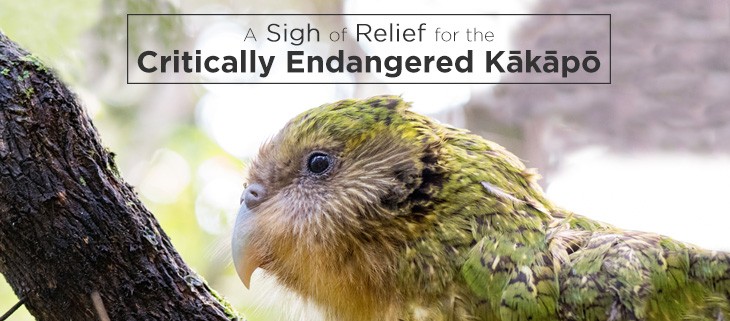December 4, 2024
The Ebiil Society: Champions of Palau
Ann Singeo, founder of our partner organization the Ebiil Society, shares her vision for a thriving Palau and a flourishing world of indigenous science!
We use cookies to help you navigate efficiently and perform certain functions. You will find detailed information about all cookies under each consent category below.
The cookies that are categorized as "Necessary" are stored on your browser as they are essential for enabling the basic functionalities of the site. ...
Necessary cookies are required to enable the basic features of this site, such as providing secure log-in or adjusting your consent preferences. These cookies do not store any personally identifiable data.
Functional cookies help perform certain functionalities like sharing the content of the website on social media platforms, collecting feedback, and other third-party features.
Analytical cookies are used to understand how visitors interact with the website. These cookies help provide information on metrics such as the number of visitors, bounce rate, traffic source, etc.
Performance cookies are used to understand and analyze the key performance indexes of the website which helps in delivering a better user experience for the visitors.
Advertisement cookies are used to provide visitors with customized advertisements based on the pages you visited previously and to analyze the effectiveness of the ad campaigns.

Last week conservationists had a scare as news of a potential rat on a predator-free island put into question the fate of the Critically Endangered Kākāpō. Whenua Hou is a small island located about 3km off Stewart Island, New Zealand that has been predator-free since 1998 and provides a safe home for native species.
The Critically Endangered Kākāpō is just one of the many species conservationists were concerned about on the island. Although there are currently no chicks on the island and breeding is not expected until 2019, rats are capable of breeding rapidly and a pregnant female could present a serious risk to the native birds. Tony Preston, Department of Conservation Murihiku Operations Manager explained:
They breed really quickly…two individual rats can be 15,000 by the end of the year, so we’re treating this really seriously and want to get on top of it really quickly.

The scare last week started when suspected rat droppings were found on the island by a researcher and the New Zealand Department of Conservation initiated a rapid response. The droppings resembled those of a Norway rat which could devastate Kākāpō populations if introduced. Whenua Hou island already has a network of traps to prevent re-invasions, but conservationists deployed additional traps and Detector Dogs were also sent to the island to search for any additional signs.
Lab results have officially ruled out the possibility of a Norway Rat and confirmed it was actually droppings from the Kererū, the New Zealand Pigeon. Conservationists are grateful to find the Kākāpō population is safe from invasive rats and can continue to work towards a successful breeding season in 2019. All in all, the scare reminds us of the importance of predator-free islands and biosecurity measures.
Credit: “Hugh” the Kākāpō. Credit: Jake Osborne
Sources:
Public Now
Radio New Zealand
Check out other journal entries we think you might be interested in.
Notifications